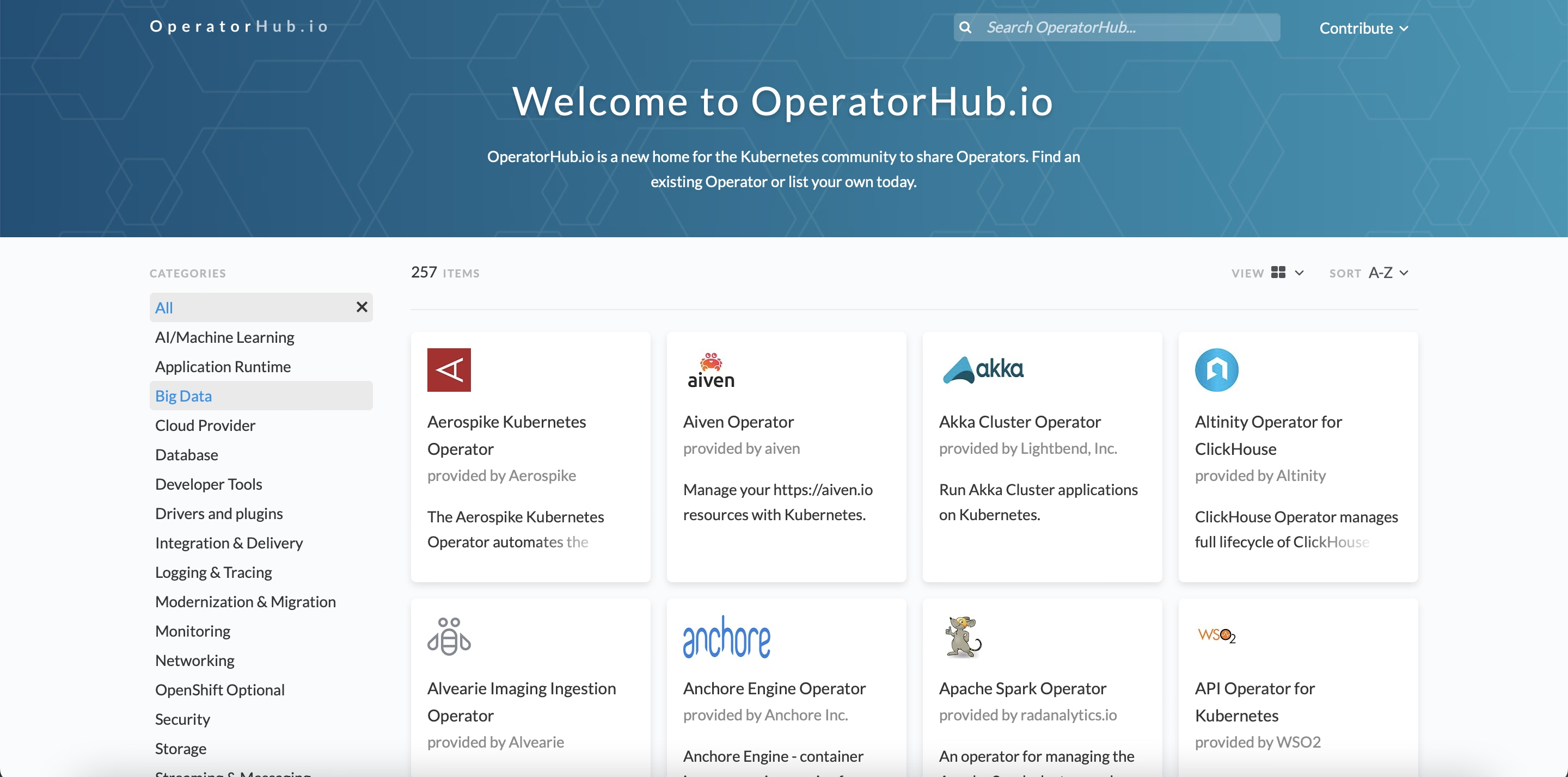
Kubernetes Operator has been the new normal to deploy big workloads on Kubernetes, but as some of these principles don’t align immediately with the main concepts of Kubernetes usually generates a little bit of confusion and doubts when you need to use them or even create them.
What Are Kubernetes Operators?
Operators are the way to extend Kubernetes capabilities to manage big workloads where different options are related. In components with a distributed architecture such as monitoring system, log aggregation system, or even service mesh, you can find that. Based on the words from the Kubernetes official documentation , operators are defined as below:
Operators are software extensions to Kubernetes that use custom resources to manage applications and their components. Operators follow Kubernetes principles, notably the control loop.
Its primary usage is for standard services and not as much as the simple application or user workloads, but it could be used in cases even for that scenario.
How Does Kubernetes Operator Works?
The central concept behind the Kubernetes Operator is the extension concept. It is based on the definition and management of custom Kubernetes objects named Custom Resource Definition (CRDs) that allow a description in a Kubernetes way of new concepts that you could need for your workloads.
Some samples of these CRDs are the ServiceMonitor or PodMonitor that we explained in the previous posts, for example, but many more to add. So, that means that now you have a new YAML file to define your objects, and you can use the main primitives from Kubernetes to create, edit, or delete them as needed.
So, for these components to do any work, you need to code some specific controllers that are translating the changes done to those YAML files to reach primitives to the status of the cluster.

How To Manage Kubernetes Operators?
The Kubernetes operator can be installed like any other Kubernetes workload, so depending on the case can be distributed as a YAML file or a Helm Chart. You even can find a shared repository of operators on OperatorsHub.

Kubernetes Operator vs. Helm Charts
As already discussed, they are not the same kind of object as Helm Charts because Helm Charts only work at the deployment level doing the packaging and managing of those releases, but operators go a step beyond that because managing and controlling the lifecycle at the runtime level. And as commented, Helm and Operators are compatible; this is, for example, how Prometheus Operator works that have a Helm Chart to deploy itself, as you can find here.
How To Build a Kubernetes Operator
If your goal after reading this is to create a Kubernetes Operator, you need to know that there are already some frameworks that will make your life easier at that task.
Tools like Kopf, kubebuilder, metacontroller , or even the CNCF Operator Framework will provide you the tools and the everyday tasks to start focusing on what your operator needs to do, and they will handle the main daily tasks for you.
More Resources To Learn about Kubernetes Operator
Suppose you want to learn more about Kubernetes Operators or the Operator pattern. In that case, I strongly recommend you look at the CNCF Operator Whitepaper that you can find here.
This will cover all the topics discussed above in more technical detail and introduce other vital issues, such as security lifecycle management or event best practices.
Other interesting resources are the bibliography resource from the Whitepaper itself that I am going to add here just in case you want to jump directly to the source:
- Dobies, J., & Wood, J. (2020). Kubernetes Operators. O’Reilly.
- Ibryam, B. (2019). Kubernetes Patterns. O’Reilly.
- Operator Framework. (n.d.). Operator Capabilities. Operator Framework. Retrieved 11 2020, 24, from https://operatorframework.io/operator-capabilities/
- Philips, B. (2016, 03 16). Introducing Operators: Putting Operational Knowledge into Software. CoreOS Blog. Retrieved 11 24, 2020, from https://coreos.com/blog/introducing-operators.html
- Hausenblas, M & Schimanski, S. (2019). Programming Kubernetes. O’Reilly.




